Knotless braids have rapidly become a favorite among protective hairstyles. Known for their natural appearance and reduced tension on the scalp, they offer numerous benefits over traditional box braids. This comprehensive guide will walk you through everything you need to know about knotless braids, from what they are and their advantages to how to install and maintain them.
What Are Knotless Braids?

Knotless braids are a type of protective hairstyle where the braiding hair is fed in gradually instead of starting with a knot at the base. This technique creates a more seamless and natural look. Unlike traditional box braids, which can cause scalp tension and discomfort, knotless braids are gentler on your hair and scalp.
Benefits of Knotless Braids
1. Natural Appearance Knotless braids offer a more natural and less bulky look. Since they don’t start with a knot, the transition from your natural hair to the braided hair is smoother, making it hard to tell where your hair ends and the extensions begin.
2. Reduced Scalp Tension One of the main drawbacks of traditional box braids is the tension they can place on your scalp, leading to pain and potential hair breakage. Knotless braids significantly reduce this tension, providing a more comfortable experience both during and after installation.
3. Better Hair Health Knotless braids allow for better access to your scalp, making it easier to keep your hair moisturized and healthy. This can promote hair growth and reduce the risk of damage.
The Installation Process
Installing knotless braids typically takes around five hours, but this can vary based on the size and length of the braids and the stylist’s efficiency. Here’s a step-by-step guide to prepare your hair and understand the process:
1. Preparation Before your appointment, it’s crucial to deep clean your hair to remove any buildup that could cause itching and reduce the lifespan of your braids. An apple cider vinegar rinse can help cleanse your scalp thoroughly. Ensure your hair is blow-dried and detangled to facilitate the braiding process.
2. Braiding Your stylist will start by sectioning your hair and beginning with your natural hair. They will then gradually add braiding hair as they braid down the length of your hair. This method helps distribute the weight of the extensions more evenly and reduces strain on your roots.
Maintenance Tips
To keep your knotless braids looking fresh and ensure they last as long as possible, follow these maintenance tips:
1. Moisturize Regularly Keeping your scalp moisturized is essential. Use oils like Ouee Hair Oil to grease your scalp and maintain hydration. This will help prevent breakage and keep your natural hair healthy underneath the braids.
2. Night Care Protect your braids at night by covering them with a silk or satin scarf or bonnet. This helps to prevent frizz and pulling while you sleep. Alternatively, you can use a silk or satin pillowcase for added protection.
3. Washing When washing your knotless braids, take your time and work through sections gently. Use a downward motion to lather shampoo and conditioner to avoid frizzing. Opt for shampoo and conditioner bars like NTRL by Sabs, which are less likely to leave residue in your braids compared to liquid shampoos.
Lifespan and Removal
With proper care, knotless braids can last up to two months. They tend to get frizzier faster than traditional braids because they expose more of your natural hair at the root. You’ll know it’s time to remove them when your roots are exposed, and the braids start feeling heavy due to new hair growth. To remove knotless braids, use a tail comb to carefully unravel them from the ends to the roots.
Cost Considerations
The cost of installing knotless braids starts at around $250. The final price can vary based on the stylist’s experience, the type of hair used, the length of the braids, and your location. Investing in a skilled stylist can make a significant difference in the quality and longevity of your braids.
Frequently Asked Questions
1. Are Knotless Braids Suitable for Thin Hair? Yes, knotless braids are a great option for thin hair because they apply less tension at the roots, reducing the risk of further thinning.
2. How Can I Prevent Frizz at the Roots? To prevent frizz at the roots, sleep with a tight scarf or extra-large bonnet. Using a silk or satin pillowcase can also help maintain your braids.
3. How Often Should I Moisturize My Scalp? It’s important to moisturize your scalp regularly, especially if you have a dry scalp. This helps maintain the health of your natural hair and prolong the life of your braids.
Conclusion
Are a stylish, comfortable, and healthy option for those looking to protect their natural hair. By following the proper installation and maintenance tips, you can enjoy this versatile hairstyle while promoting hair growth and health. Whether you’re new to braiding or a seasoned pro, knotless braids are worth considering for your next hairstyle.
Discover more trends:
Follow us on: 📌 Pinterest | 📘 Facebook

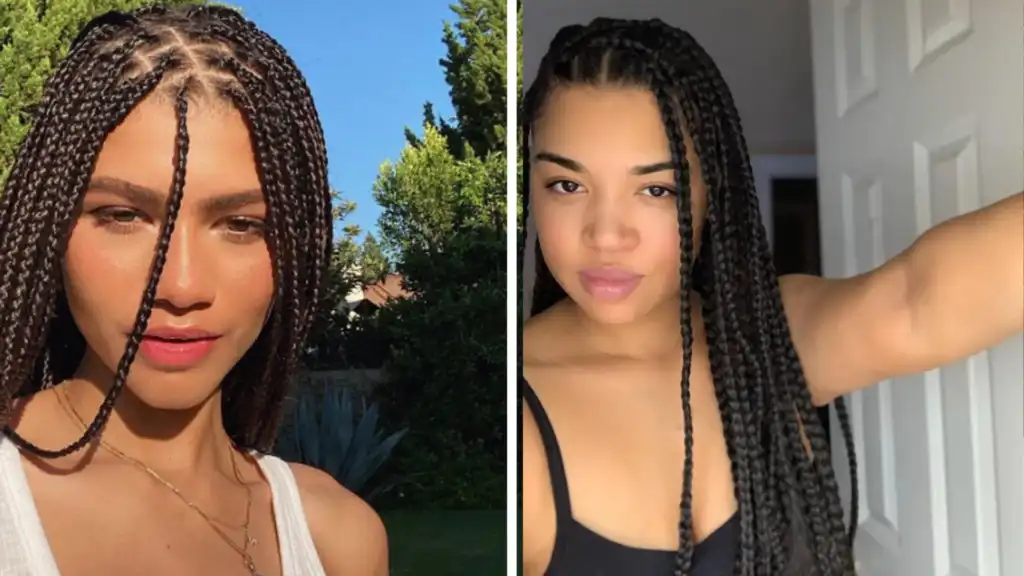
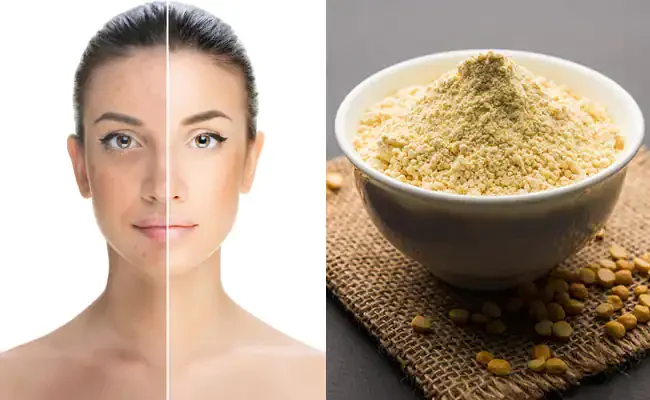
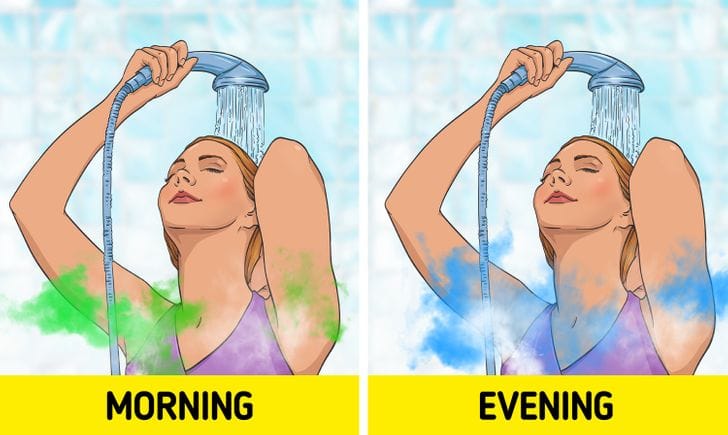
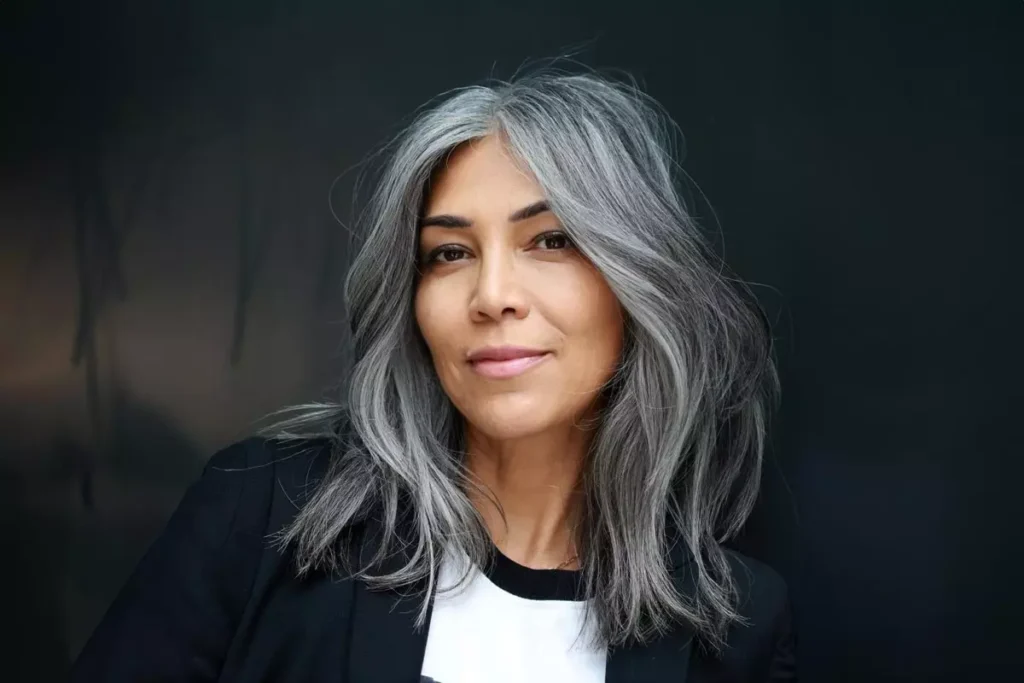
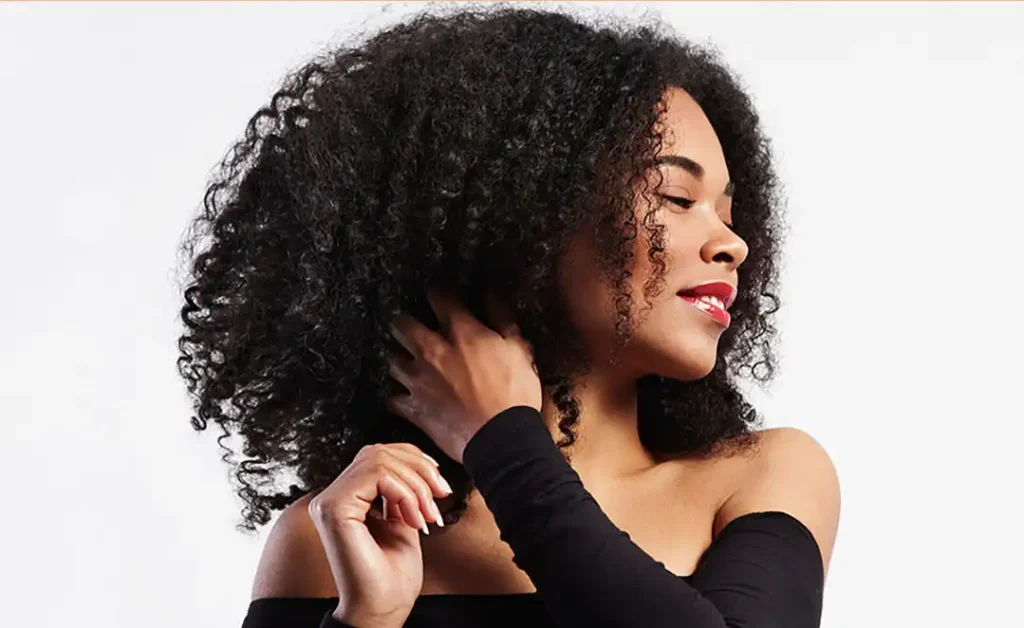
This beautiful , great
Thank you so much for your kind words! I’m glad you found the information helpful. If you have any more questions or need further assistance, feel free to ask!